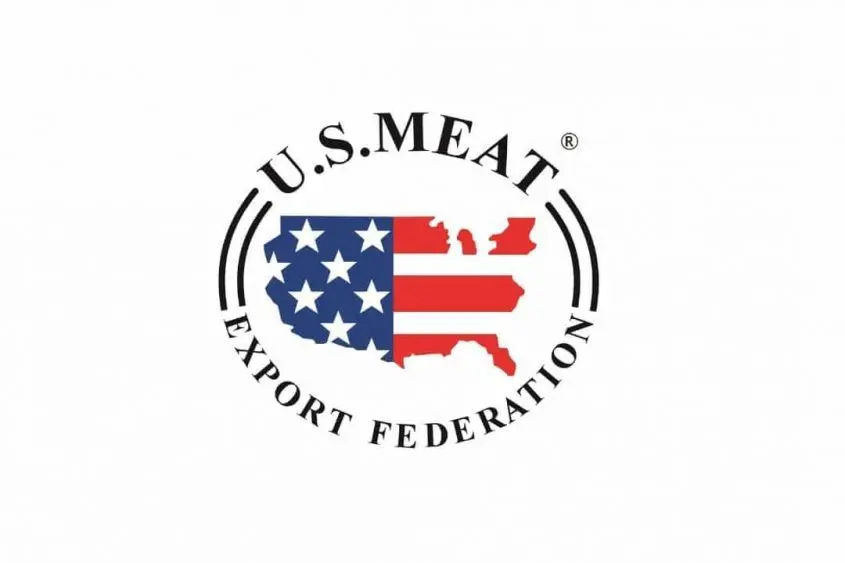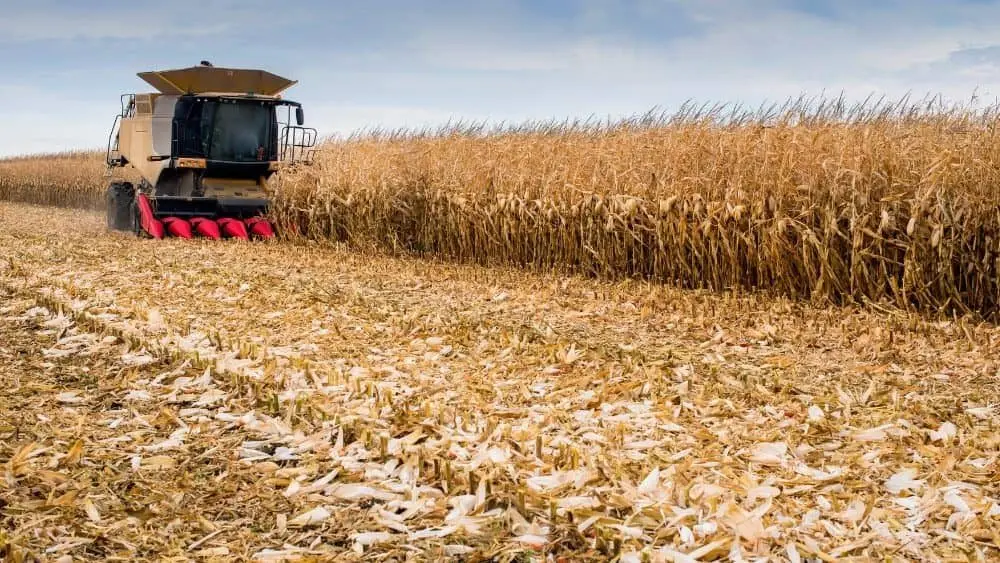
(WASHINGTON D.C.) — The Environmental Protection Agency released its final Insecticide Strategy that identifies practical protections for federally endangered and threatened species from the use of insecticides. At the same time, it also provides flexibility for pesticide users and growers. The Strategy identifies mitigations aimed at protecting more than 900 species listed by the Fish and Wildlife Service that the EPA considers when it registers a new insecticide or reevaluates an existing one.
“We have found common-sense ways to keep endangered species safe that won’t place unneeded burdens on the growers who rely on these tools for their livelihood, and which are necessary to ensure a safe and plentiful food supply,” said Administrator Lee Zeldin. “We are committed to ensuring the agriculture community has the tools they need to protect our country, especially the food supply, from pests and diseases.”
Various U.S. agriculture groups and supporters reacted to the news of the final strategy. “EPA’s numerous pragmatic improvements to the draft Insecticide Strategy have created a final strategy that can be better implemented by applicators while also protecting threatened and endangered species,” says NASDA CEO Ted McKinney.
The American Soybean Association appreciates the EPA for incorporating common-sense improvements into the Strategy. “These enhancements will help make Endangered Species Act implementation easier for U.S. farmers, but more work remains to be done, including reforming how the agency assesses risks to species,” says ASA President Caleb Ragland.
National Corn Growers Association President Kenneth Hartman Jr. appreciates the agency’s efforts to engage stakeholders throughout the process. “By engaging farmers in the process, the new strategy strengthens environmental protections without compromising our nation’s safe and secure supply of food, feed, and fiber,” says National Cotton Council Chairman Patrick Johnson.
EPA will continue to work with stakeholders to update this as additional information becomes available.
SOURCE: NAFB News Service



